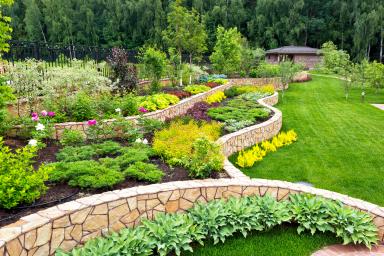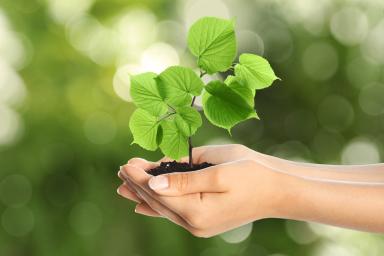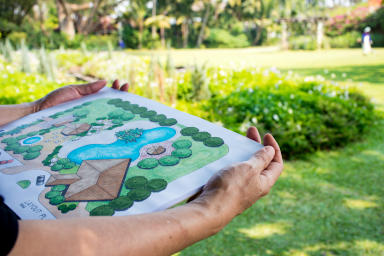16 Easy Ways to Save Water Around the Home
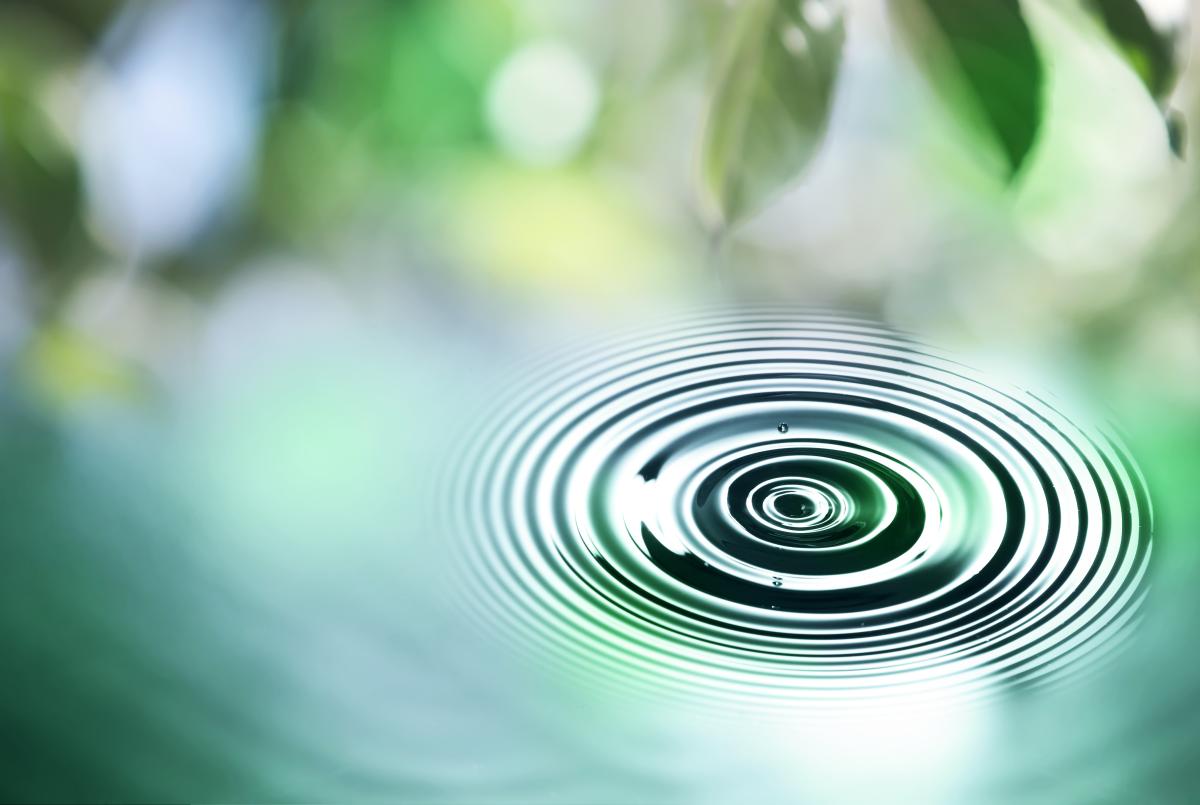
Since water is a substance that is essential to life, it makes sense to take extra care to make sure that it remains uncontaminated and abundant. Water scarcity is driven by a number of factors, including growing populations and rising average temperatures. These additional strains lead to the over-use and thus early depletion of groundwater reserves, where aquifers are being depleted faster than they can be replenished.1
Water scarcity is a public policy problem that requires solutions on the state and federal level, but also at the street level in our homes and businesses. Luckily, there are easy and effective ways to conserve water in and around your home. Moving room by room, we’ll cover a few of the best methods here.
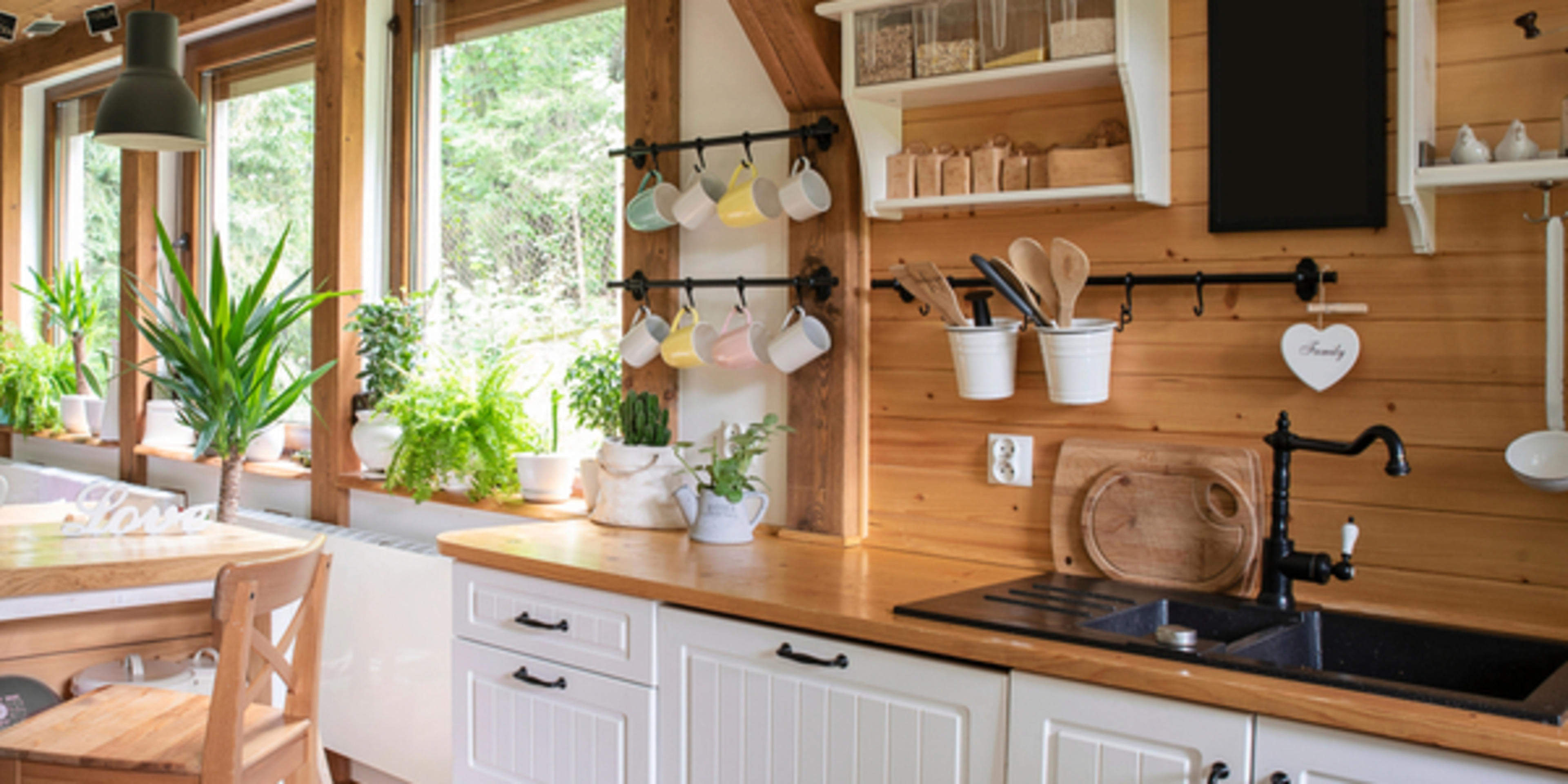
In The Kitchen
#1 - Make the most of your dishwasher
Instead of washing your dishes by hand, which can waste hundreds of gallons of water per month, save yourself some work and use your dishwater instead, which uses 9 to 13 gallons per load. This is most efficient if you only run the dishwasher when it is completely full.
If you have to wash by hand, fill up the sink instead of running the tap during the whole process. If you’re in the market to replace your dishwasher, choose a high-efficiency model, like one of those on the EnergyStar list or Consumer Reports.
#2 - Replace or repair leaky faucets
One small drip can add up to a very big puddle. Leaky faucets don’t seem like much, but as this handy drip calculator from USGS can tell you, they can waste anywhere from twenty to twenty thousand gallons of water per year. And that’s just in one house!
#3 - Install an under-counter water filter or purchase an inexpensive countertop charcoal filter
It takes three liters of water to produce one liter of bottled water, and the PET plastic that bottled water is packed in also takes millions of gallons of oil to manufacture.3
As an alternative to buying bottled water, get an inexpensive gravity-fed countertop water filter or invest in an under-counter filtration system. You’ll get all the benefits of filtered water, the convenience of tap water, save yourself some money and conserve water and other resources.
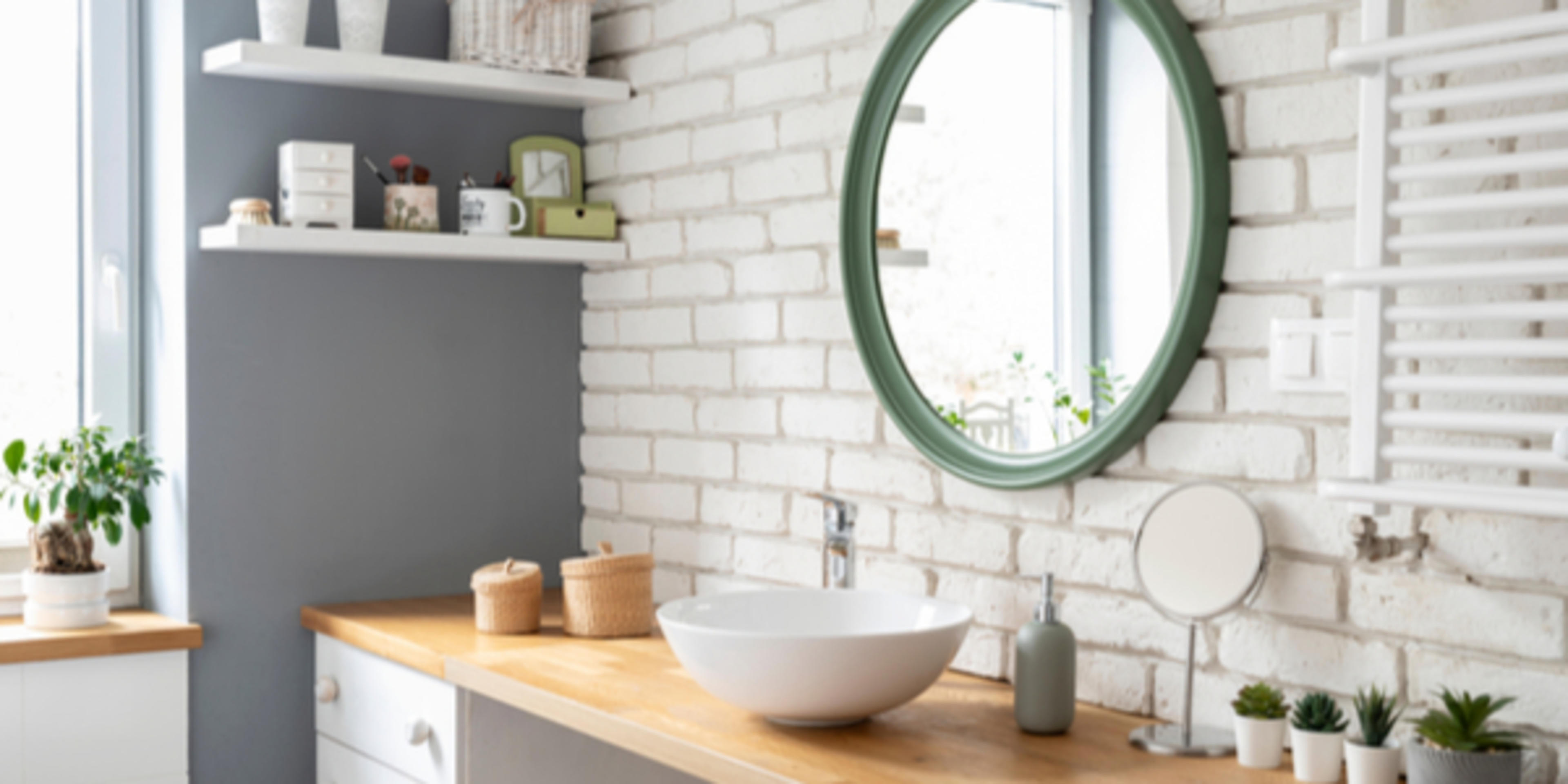
In The Bathroom
#4 - Replace your toilet
Toilets have improved in the last thirty years, as manufacturers develop different technologies to make toilets flush more effectively while using less water. If your toilet was made before 1992, it can be using as many as eight gallons of water per flush. Replacing an older toilet can save some serious water and some serious cash on your utility bill. Look for the EPA's WaterSense label, which guarantees that a toilet is using no more than 1.28 gallons per flush.
#5 - Repair a running toilet
Even worse than the dripping faucet, this sneaky leak can waste multiple hundreds of gallons of water per day. That’s not just a waste of good water, it’s also going to have a huge impact on your water bill, too!
#6 - Take shorter showers and implement a simple catchment system
Showers use much less water than baths, and even that water can be reused again! Catchment is the process of capturing falling water in order to be used again, and it doesn't require a high-tech installation. A simple DIY method is to bring a five-gallon bucket in with you. Whatever water it catches, you can use it to irrigate your garden or landscaping, or even to flush your toilet.
#7 - Find fixtures with an EPA WaterSense label
Showerheads, bathroom faucets, and toilets with an EPA WaterSense label use up to 20% less water than other fixtures. This reduction adds up over time, both in the water it doesn’t use and in the money that stays in your wallet instead of going to your water bill.
#8 - Minimize your faucet use
When brushing your teeth, washing your hands, or shaving, turn off the faucet when you're not actively using it. Also be aware of how much water pressure you choose to use. Moderating it to a medium or low flow, rather than opening the faucet up all the way, is an easy way to reduce the amount of water you use every day.
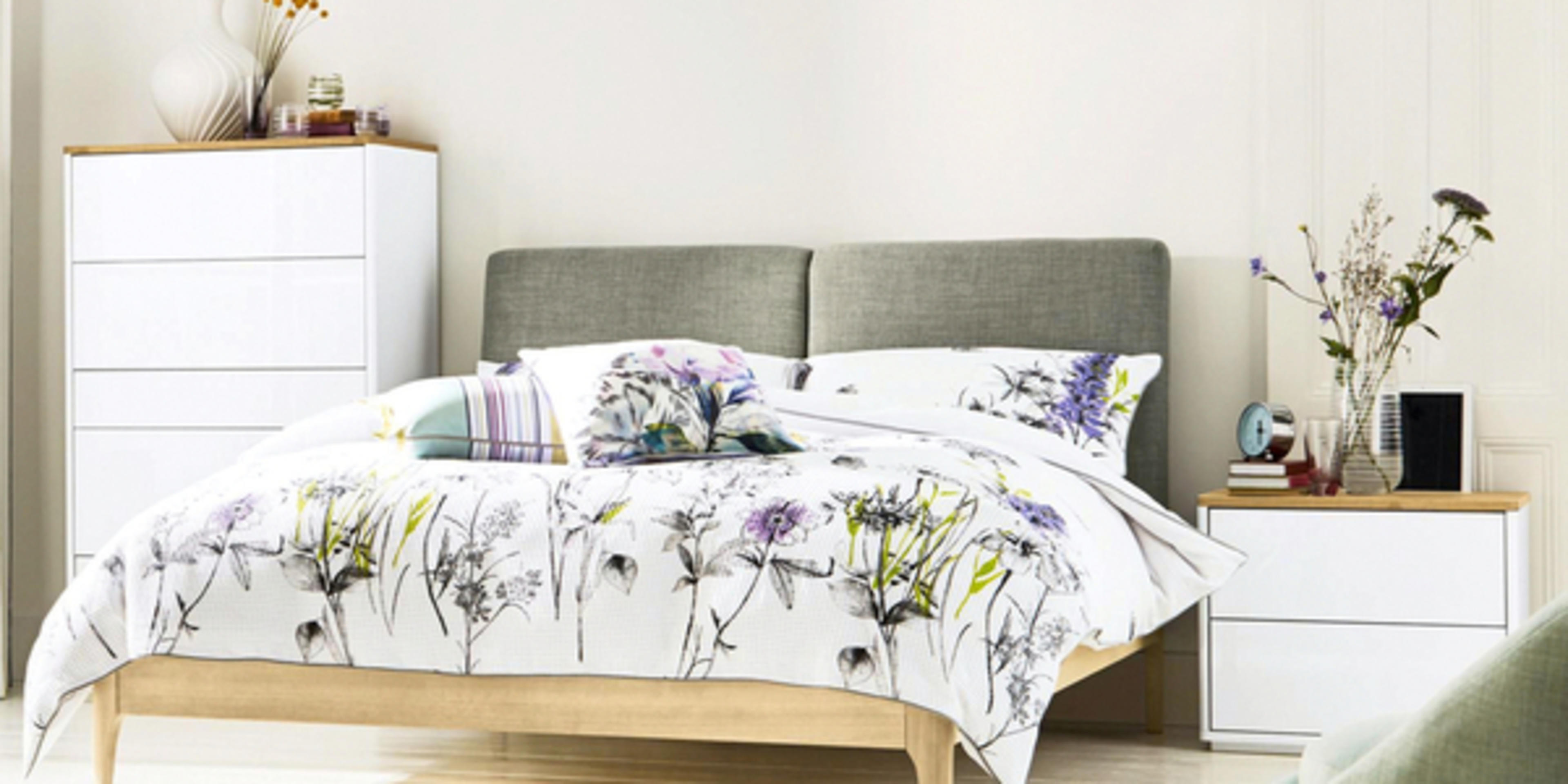
In The Bedroom
#9 - Buy linen sheets instead of cotton
The production of cotton is very water-intensive, but the production of linen is very water-efficient. If you still prefer cotton, then look for sheets that are certified by the Global Organic Textile Standard, which means that they were produced according to a high standard of environmental awareness, including responsible water use.

In the Laundry Room
#10 - Run the washer only when it has a full load
Just like your dishwasher, your clothes washer is most water-efficient when it runs fully loaded. Newer washers are much more efficient in this regard than older ones: modern front-loading washers use about twenty-seven gallons per load, while a top-loading washer made after 1990 uses forty-three.
To conserve even more resources, consider air-drying some or all of your clothing. This makes textiles last longer and saves a ton of energy, since clothes dryers consume much more energy than most other household appliances.
#11 - Upgrade to a more water-efficient model when possible
Older clothes washers can use up to forty gallons of water per load. An upgrade to one that is EPA WaterSense-certified will cut that in half.
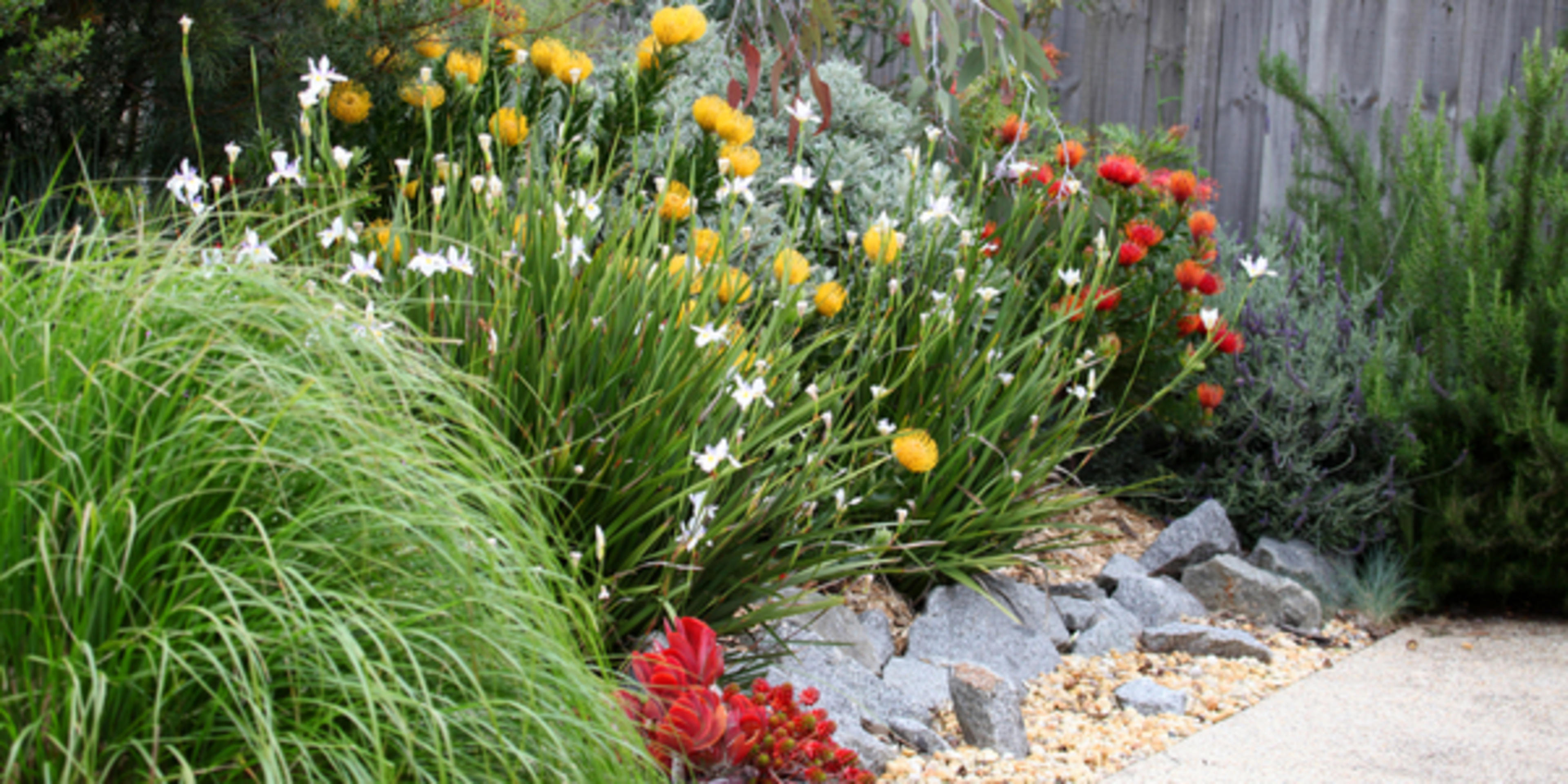
Around The Garden
#12 - Use mulch to increase your soil’s water retention
Mulch acts as a layer of insulation on top of the soil, keeping the dirt beneath cool and shaded. When the soil is cool, water evaporates from it more slowly. Plus, as it decays, mulch adds organic matter to the soil, which increases its ability to retain water for longer. This means watering can be more strategic and infrequent.
#13 - Cover your pool to reduce evaporation
When you’re not using your pool, use a cover to hold in moisture and keep it from simply evaporating away.
#14 - Mow your lawn to a taller height
By setting the blades on your mower a bit higher, you can save quite a bit of water. Taller grass blades will shade their neighbors as well as the roots and soil below them, cooling down your lawn and slowing down water loss from evaporation.
#15 - Water wisely
Calibrate your irrigation so that it is watering your lawn and landscape at the best time for absorption by the soil, not evaporation into the air. This is usually early morning, when the air is cool and there is little wind.
You’ll also want to make sure that your sprinklers are actually hitting your lawn instead of your driveway or sidewalk. Observe your sprinklers occasionally to see if any of the sprinkler heads are off-kilter or aiming at the wrong spot so that you can remedy the situation.
You can also implement a WaterSense-labeled irrigation controller, which responds to weather conditions and soil moisture content to deliver exactly the right amount of water at exactly the right time.
#16 - Plan a drought tolerant landscape
Planting natives, reducing lawn size, and xeriscaping are all great ways to significantly reduce outdoor household water consumption.
A drought-tolerant landscape can be just as vibrant and colorful as a water-intensive landscape, it just takes a little more strategy. Curious to learn more about how to start your own drought-resistant garden? Check out our article on the ins and outs of xeriscaping and drought tolerant landscapes.
Expertise.com StaffAuthor
At Expertise.com, we're passionate about guiding people to find the best in life, whether they're researching how to start a small business, planning a home remodeling project, or discovering a new hobby.
Sources
1. Water Resources Research: Quantifying renewable groundwater stress with GRACE.


